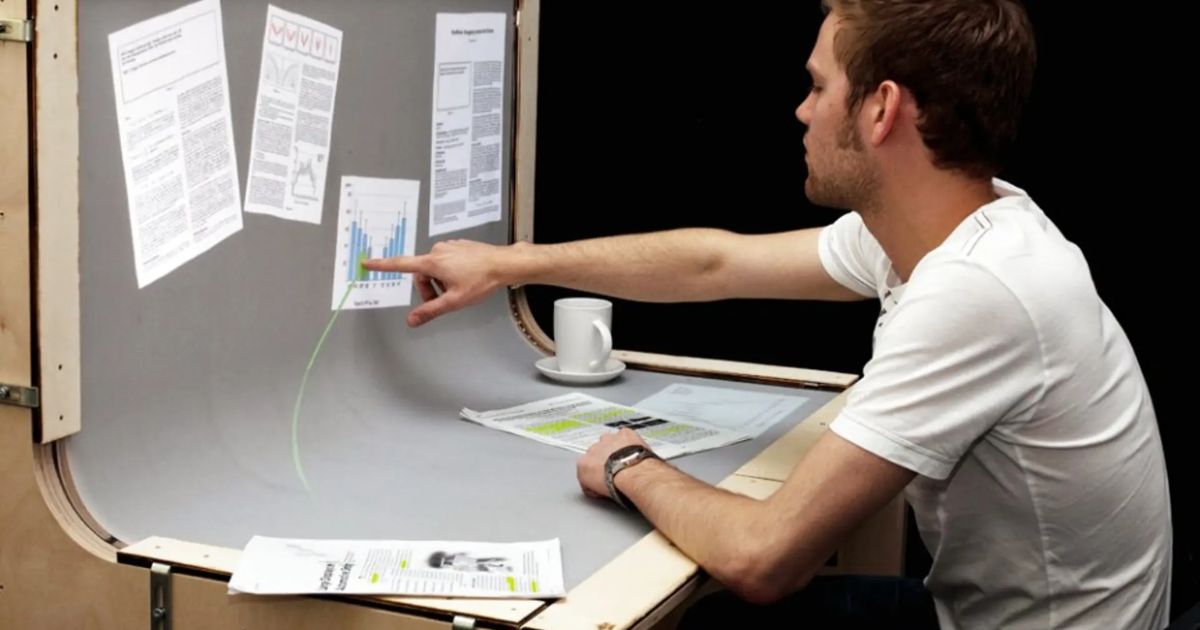When it comes to choosing the right desk for your workspace, it is essential to consider its depth. The depth of a desk plays a crucial role in determining its functionality, ergonomics, and overall productivity. In this guide, we will explore the various aspects of desk depth, including standard dimensions, suitable options for different desk types, and how to measure your desk for the perfect fit.
Understanding the importance of desk depth will help you make an informed decision when selecting a desk that best suits your needs and enhances your work environment. Whether you are looking for a computer desk or a standing desk, this comprehensive overview will provide valuable insights into the depth considerations for optimal comfort and efficiency.
Key Takeaways
- Desk depth options range from standard, compact, and executive depths.
- Standard desk depth ranges from 24 to 36 inches, with 24 inches being ideal for compact spaces and 36 inches providing a more spacious work area.
- When choosing the right computer desk depth, consider workspace requirements, room layout, and personal preferences.
- Desk depth is important for ergonomics as it affects comfort, movement, and posture. Finding the right balance is key to maintaining a comfortable working position.
Desk Depth Options
There are three main desk depth options available for consumers to choose from. The first option is the standard depth, which typically ranges from 24 to 30 inches. This option provides enough space for a computer monitor, keyboard, and other essential items. It is suitable for general office work and is the most common choice for home offices.
The second option is the compact depth, which is usually around 18 to 24 inches. This option is ideal for small spaces or for those who only need a minimal workspace. Lastly, there is the executive depth, which ranges from 30 to 36 inches. This option offers a larger surface area, providing ample space for multiple monitors, documents, and other accessories. It is often preferred by professionals who require a more extensive workspace. When choosing a desk, considering the depth options is crucial to ensure comfort and productivity.
Understanding Standard Desk Dimensions

To delve into the topic of ‘Understanding Standard Desk Dimensions’, it is essential to further explore the available options for desk depth discussed previously. Standard desk dimensions can vary depending on the intended use and the preferences of the user. The most common desk depth options range from 24 inches to 36 inches. A depth of 24 inches is ideal for compact spaces and minimalistic setups, offering enough room for a laptop or computer monitor.
On the other hand, a depth of 36 inches provides a more spacious work area, accommodating additional peripherals or documents. Whether you’re setting up a home office or a professional workspace, it is crucial to consider the intended use of the desk and the available space when determining the ideal depth. For instance, a Hair Dresser might need a desk that allows for the storage of styling tools and products within easy reach. By understanding the standard desk dimensions, including those tailored to specific professions like Hair Dresser, one can make an informed decision when selecting a desk that suits their needs and space constraints.
Choosing the Right Computer Desk Depth
The selection of an appropriate computer desk depth is a critical consideration for optimal functionality and ergonomic comfort. When choosing the right computer desk depth, there are several factors to keep in mind:
- Workspace requirements: Consider the amount of workspace you need for your computer, monitor, keyboard, and other accessories. A deeper desk allows for more room to spread out and work comfortably.
- Room layout: Take into account the dimensions of your room and the available space. A desk that is too deep may make the room feel cramped, while a desk that is too shallow may not provide enough space for your equipment.
- Ergonomics: A deeper desk allows for better ergonomics, as it provides ample space for proper placement of the monitor, keyboard, and mouse. This helps to maintain a comfortable and healthy working posture.
- Personal preferences: Ultimately, the right desk depth is a matter of personal preference. Some individuals may prefer a deeper desk for additional storage or workspace, while others may prefer a shallower desk for a more compact and minimalistic setup.
Considering these factors will help you choose the right computer desk depth that suits your needs and promotes a comfortable and productive work environment. Now, let’s delve into the importance of desk depth for ergonomics.
Importance of Desk Depth for Ergonomics
Optimal ergonomics can be achieved by considering the depth of a desk. The depth of a desk plays a crucial role in maintaining a comfortable working position and preventing strain on the body. When the desk is too shallow, it can lead to cramped and restricted movement, causing discomfort and potential injury.
On the other hand, a desk that is too deep can create unnecessary reach and strain on the arms and shoulders. Therefore, it is important to find the right balance in desk depth to promote proper posture and reduce the risk of musculoskeletal issues. By maximizing desk depth for productivity, individuals can ensure that their workspace is tailored to their specific needs and allows for efficient workflow.
Maximizing Desk Depth for Productivity

One way to maximize productivity is by maximizing the depth of a desk. A deeper desk provides more surface area for materials, allowing for better organization and ease of access. Here are four ways in which maximizing desk depth can enhance productivity:
- Increased workspace: With a deeper desk, there is ample room to spread out documents, notebooks, and other materials, reducing clutter and providing a clear workspace for focused work.
- Improved ergonomics: A deeper desk allows for better placement of computer monitors, keyboards, and other peripherals, promoting a comfortable and ergonomic posture, which can enhance productivity and reduce the risk of musculoskeletal issues.
- Enhanced multitasking: A deeper desk enables the placement of multiple monitors side by side, facilitating multitasking and increasing efficiency when working on multiple projects or tasks simultaneously.
- Ample storage: A deeper desk often comes with additional storage options such as drawers or shelves, providing convenient space to store essential supplies, minimizing distractions, and keeping everything within reach.
Determining Desk Depth for Standing Desks
To determine the appropriate depth for a standing desk, it is essential to consider the ergonomic needs and preferences of the user. The depth of a standing desk is crucial for ensuring proper posture and comfort during work. A desk that is too shallow may lead to discomfort and strain on the arms and wrists, while a desk that is too deep may cause the user to lean forward excessively, leading to back pain.
The ideal desk depth for a standing desk should allow the user to comfortably reach the keyboard and monitor, while also maintaining a neutral posture. It is recommended to measure the distance from the user’s body to their elbows when standing in a relaxed position to determine the appropriate desk depth. Additionally, considering the tasks that will be performed at the desk, such as writing or using a drawing tablet, can also help determine the optimal depth.
Measuring Your Desk for the Perfect Fit
The first step in achieving the perfect fit for your desk is to accurately measure its dimensions. By following these steps, you can ensure that your desk meets your specific needs and requirements:
- Measure the width of the desk: Start by measuring the distance from one end of the desk to the other. This will give you an idea of how much space you have to work with.
- Determine the depth of the desk: Measure the distance from the front edge of the desk to the back. This will help you determine how much space you have for your legs and any additional accessories.
- Consider the height of the desk: Measure from the floor to the top of the desk to ensure that it aligns with your preferred ergonomic height.
- Take note of any additional features: Measure any shelves, drawers, or other components that may affect the overall dimensions and functionality of the desk.
Standard Desk Dimensions for Different Desk Types
Standard desk dimensions vary depending on the type of desk. Different desks serve different purposes, and their dimensions are designed to accommodate those specific functions. For example, a standard computer desk typically measures around 30 inches in height, 48 inches in width, and 24 inches in depth. This size allows for ample workspace for a computer monitor, keyboard, and mouse, as well as additional accessories.
Certainly! Here’s the updated paragraph with the added keyword:
On the other hand, a writing desk is usually narrower, measuring about 30 inches in height, 36 inches in width, and 20 inches in depth. Wondering, How Deep Is a Desk? This smaller size is intended to provide a more compact and efficient workspace for writing or studying. Understanding the standard dimensions for different desk types can help individuals choose the right desk that suits their specific needs and space constraints.
FAQs
Conclusion
In conclusion, determining the depth of a desk is crucial for both comfort and productivity. By understanding standard desk dimensions and considering the needs of ergonomics, individuals can choose the right desk depth for their specific requirements. Whether it’s a computer desk or a standing desk, measuring the desk accurately ensures a perfect fit. Overall, the depth of a desk plays a significant role in creating an efficient and comfortable workspace.








